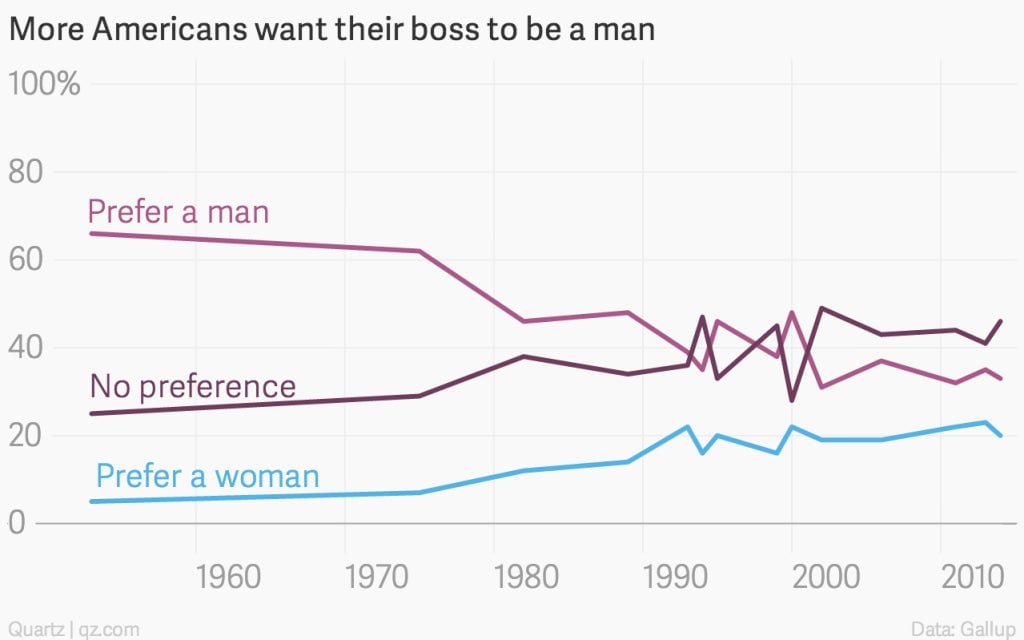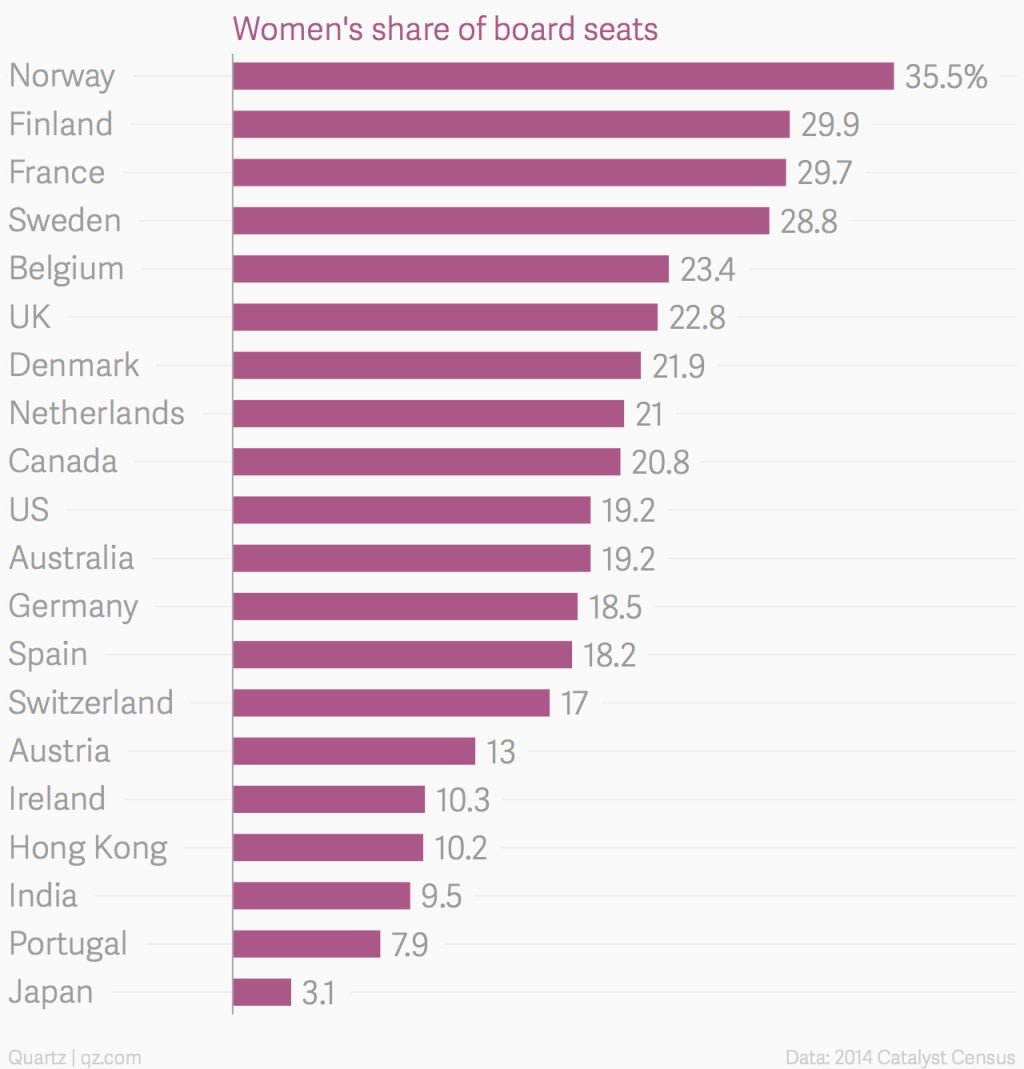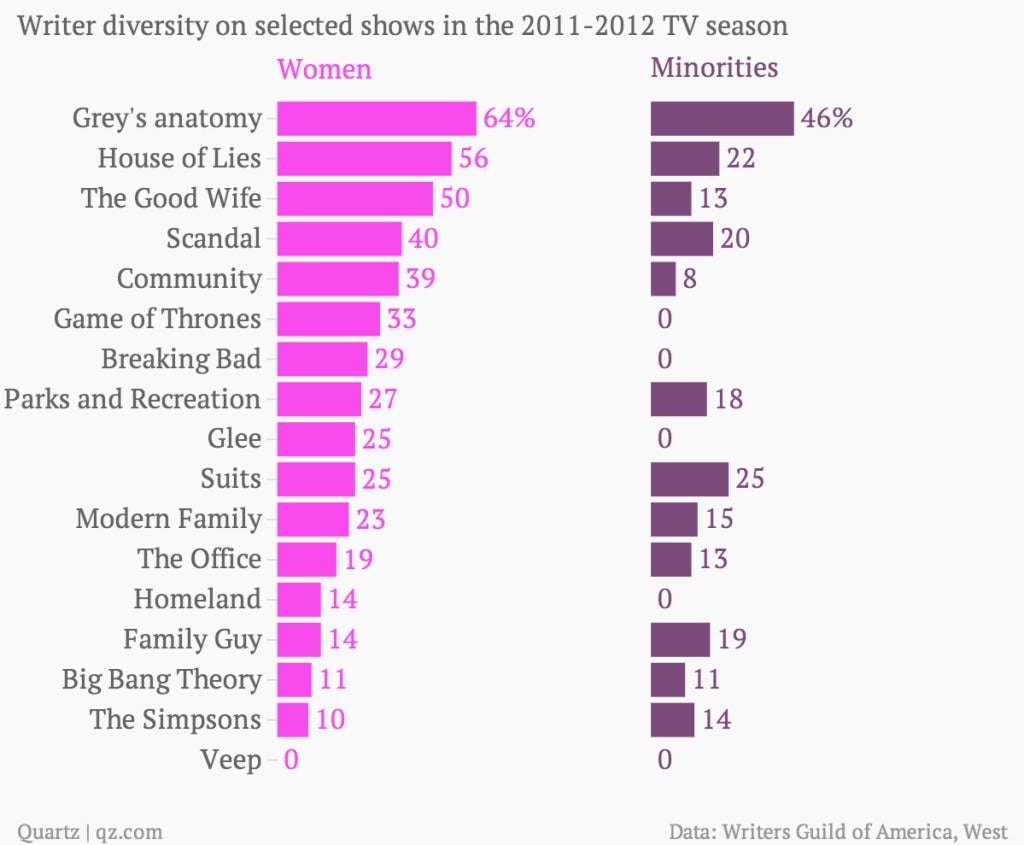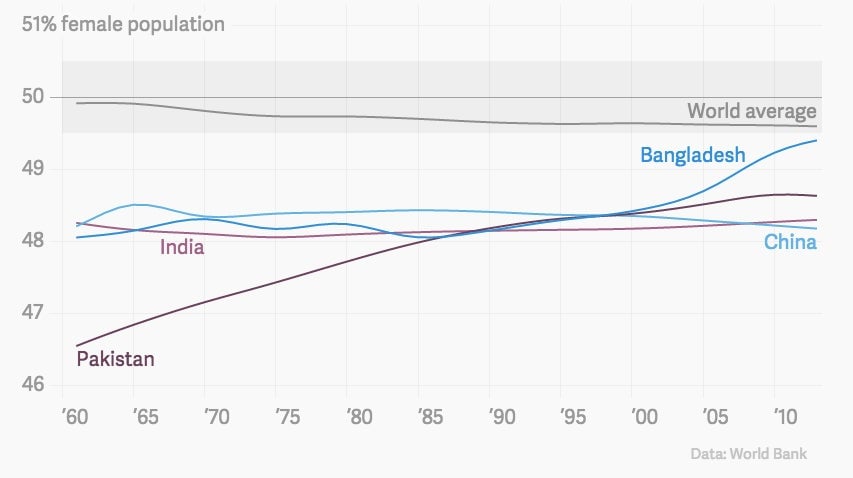Enjoy International Women’s Day: in the US, it’s an hour shorter than every other day
Women of the world, today’s your day. Your one day out of 365, so enjoy it while it lasts.


Women of the world, today’s your day. Your one day out of 365, so enjoy it while it lasts.
But if you’re in the US, (not Arizona or Hawaii), it will be a bit shorter than the other days. Rejoice in your womanhood for your 23 hours, and if you follow the holiday’s logic, let the men have the remaining 8,746. Thanks, daylight saving time.
Here are some other areas where women—in America and elsewhere—are also short-changed:
The workplace



- It starts early. According to a survey of a number of OECD countries, boys are more likely to get hands-on work experience, preparing for their careers through internships and job shadowing.
- The White House says American women make 77% of what men make. The Pew Research center calculated that to be 84%. Either way, as Patricia Arquette pointed out during her Oscar acceptance speech: “It’s our time to have wage equality once and for all and equal rights for women in the United States of America.” Women are also the majority in low-wage sectors:
- A survey of 25,000 graduates of Harvard Business School (HBS) shows that while men and women have similar goals in their professional lives, their career outcomes are different. 59% of men say they find their work meaningful, only 49% of women do. What’s more, 57% of male HBS graduates hold senior management positions compared to 41% of the women.
- Americans still prefer to have male bosses.
- Even women would rather work for a man than another woman.
Family life

- Most American women have two full time jobs: in 2011, 65% of women who have children under the age of six worked 35 hours or more a week.
- In South Korea, 22.4% of women left their jobs as a result of marriage, childbirth, or childcare.
- Unwanted pregnancies can be a major source of economic inequality, negatively affecting women’s education and income. One study found that they diminish the probability of participation in the labor market by 25%.
- 26% of American undergraduates are parents. 71% of them are mothers, and 43% are single mothers.
The corporate board room

- Women should obviously rule the financial world, because they make safer investments, are more risk averse, while men will compete even if they are more likely to lose. But, unfortunately this is not the case:
- Indian, Japanese and Portuguese companies all have less than 10% of women on their boards.
- If there’s any indication of how few women take top spots at American companies, this is it: men named John, Robert, William or James outnumber all the women who serve on corporate boards.
- Even when there’s some progress, it’s rarely satisfactory. Germany passed a law that would require companies to give 30% of their board seats to women, but the regulation is being criticized for not going far enough.
Politics
- Only 22% of US senators are women. In the House of Representatives, there are 66 women Democrats and 22 Republicans, about 20% of the chamber.
- As of January 2015, a mere 22% of all members of parliament around the world were women. Since 1995, this number has increased only 11.3%, according to the United Nations.
- Women also made up only 17% of all government ministers as of January 2014.
Hollywood

- Less than 5% of films released by six major studios in 2014 were directed by women.
- Internationally, there is a paucity of women with speaking roles and named characters in film.
- Less than 30% of writers for the 2011-2012 TV season were women.
World population

- Finally, women are outnumbered in the most basic sense: population. In 2013, there were nearly 60 million more men in the world than there are women. Even though in most countries women overtake men, the world’s most populous countries, China and India disturb the proportions.
Sonali Kohli contributed to this article.